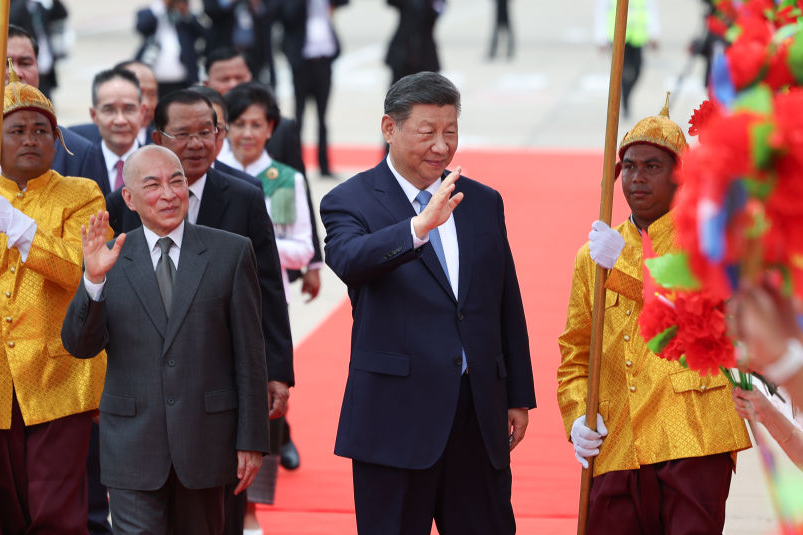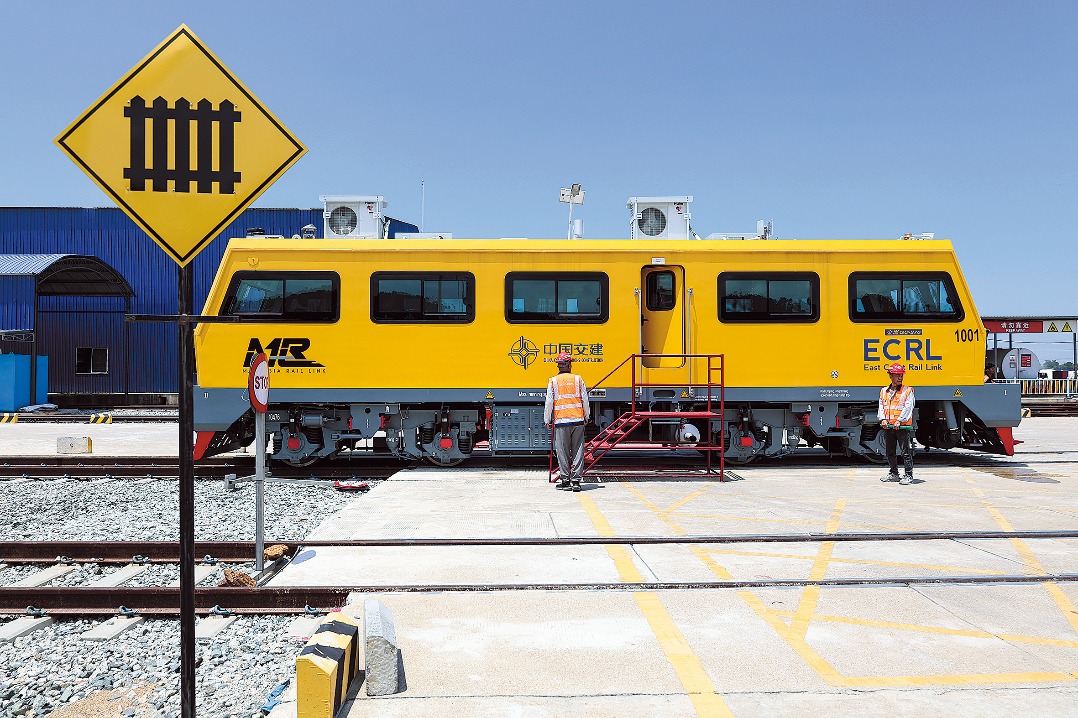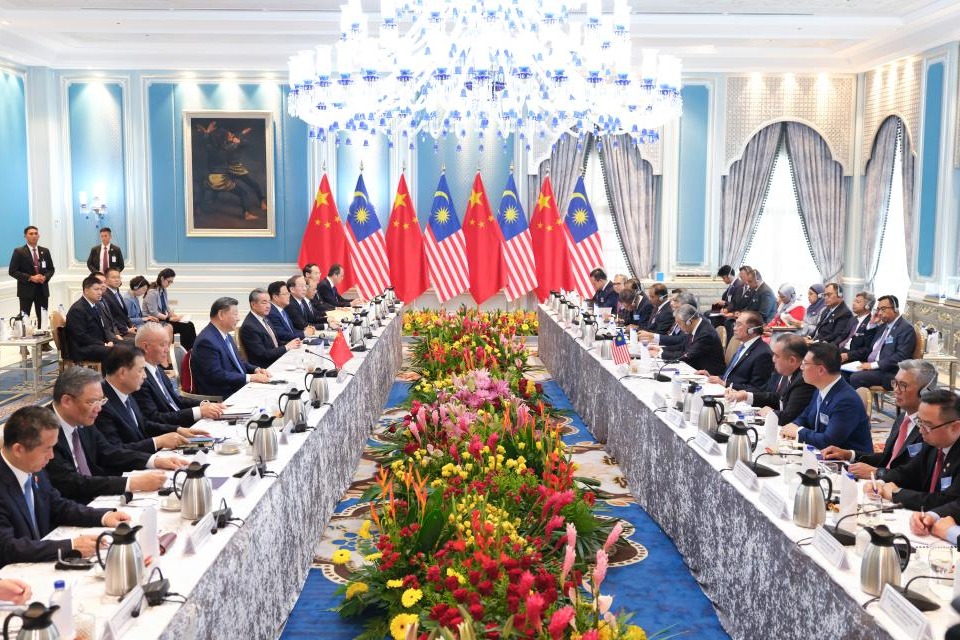More coal, power mergers in the pipeline
By MENG FANBIN | China Daily | Updated: 2017-08-05 09:29
 |
| A man operates a tractor to crush coal, one of the fuels used by the thermal power industry, in Huaibei, Anhui province. [Photo by WU HE/CHINA DAILY] |
China's coal and power industries are expected to see more mergers in the second half of the year, due to State-owned enterprise reform policies, industry insiders believe.
"Encouraged by government policies to reduce the number of SOEs and promote mergers and reorganizations, integration between coal and power companies has become an inevitable trend," said Zuo Qianming, a senior coal analyst from Cinda Securities.
At the beginning of the year, the State-owned Assets Supervision and Administration Commission announced the acceleration of mergers among steel, coal and power companies through vertical and horizontal integration. It stressed that coal and power company consolidation is particularly important when thermal coal prices are high and volatile.
The merger plan between Shenhua Group and China Guodian Crop has been already submitted to the State Council for approval, according to an official at an energy forum on Wednesday.
State Power Investment Corp is also in contact with China Huaneng Group, said Zhang Likuan, senior analyst at the China Coal Data Exchange Center, emphasizing that a major consolidation of the two sectors will become a highlight of SOE reform in the second half of 2017.
Since April last year, the price of thermal coal has risen continuously due to tightened supply, as many illegal coal mines were closed as the nation sought to reduce its outdated capacity in the sector.
The Bohai-Rim Steam-Coal Price Index, which tracks domestic thermal coal spot prices at six major ports in northern China, surged to 583 yuan ($87) per metric ton on Wednesday, about 38 percent higher than a year ago.
Most coal power companies have felt the pinch, due to the falling inventories and soaring fuel costs, according to a report from China Electricity Council, issued on July 25.
Most listed power companies reported losses in the first half of the year.
Shenzhen Nanshan Power Co Ltd forecast it would suffer losses of 56.45 million yuan in the first half and Guodian Changyuan Power Co Ltd's net deficit was expected to reach as much as 149.5 million yuan during the same period.
Ye Chun, an official from the China Electricity Council, said that coal enterprises, using thermal coal as fuel, were expected to stay in the red in the second half, due to coal prices hovering at high levels.
Mergers of coal and power companies can produce mutual benefits and reduce market risks from fluctuating coal prices, said Zuo.
The merger process will be a complex process, said Zhang, adding that various kinds of energy businesses need to be merged and their staff should be redeployed in a reasonable way.
























